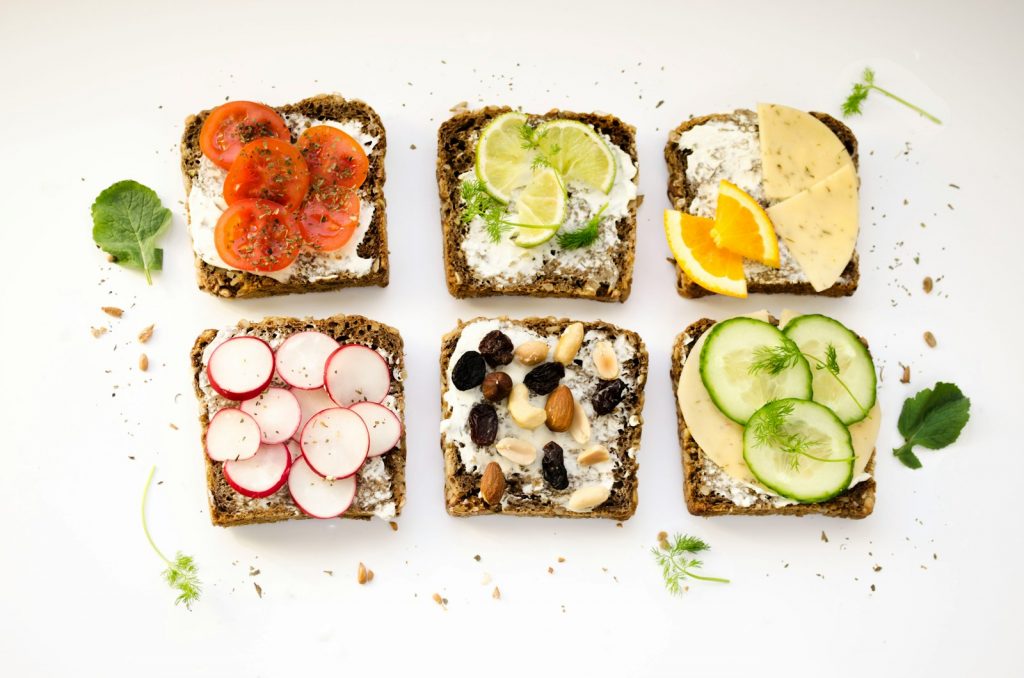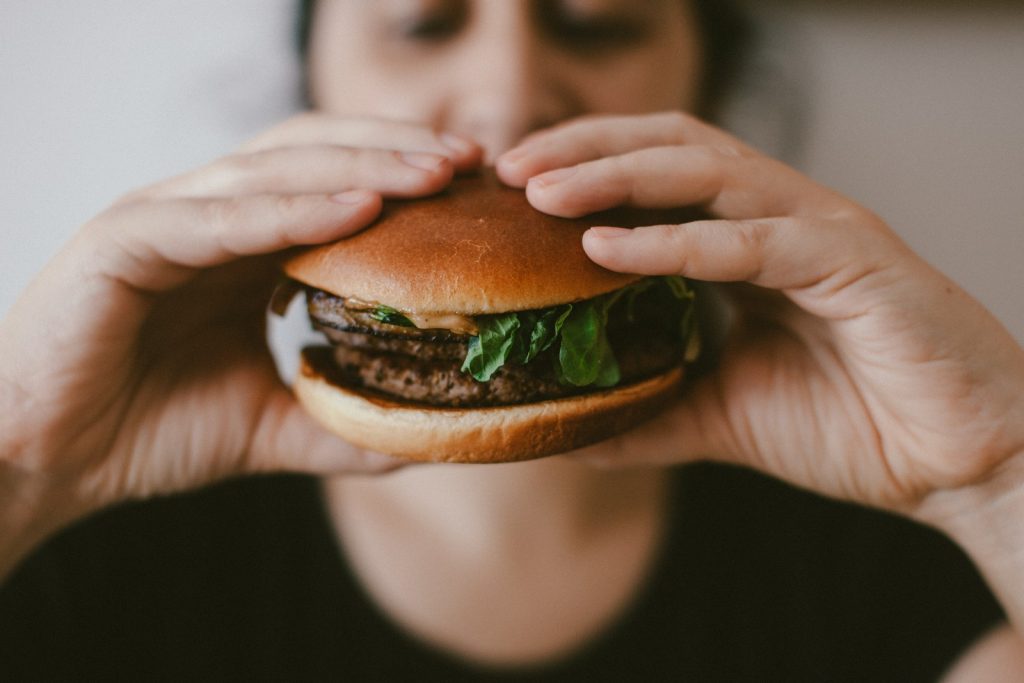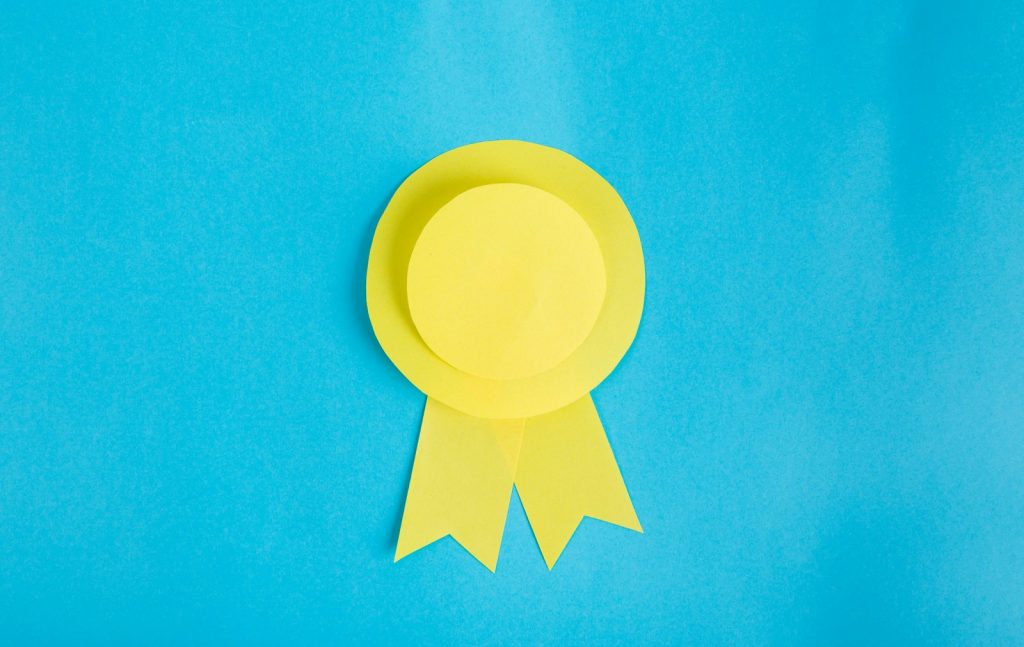Write It, Lose It: Journaling Tips and Prompts for Weight Loss
We all know that losing weight is hard—like, really hard. In fact, it’s a journey that requires dedication, patience, and a lot of self-love. But here’s a little secret weapon that’s been a game-changer for so many people (myself included): Journaling.
Yep, you heard that right. That simple act of putting pen to paper can actually help you shed those extra pounds. And no, I’m not talking about magically writing away the calories (we can dream!). I’m talking about using journaling as a tool to get inside your own head, understand your habits, and set yourself up for success. So, with that said, let’s get into it!

Why Journaling?
Before we jump into the tips and prompts, let’s chat about why journaling is so effective when it comes to weight loss.
Mindful Eating: Writing about what you eat makes you more aware of your choices. It’s kind of like having a mini therapist in your pocket, gently nudging you to consider whether you really need that second slice of cake (no judgment, though – We don’t support restrictive diets here!).
Journaling about food intake is closely related to mindful eating, which has been shown to improve eating behaviours and support weight loss. (Black, 2018).
Tracking Progress: Ever feel like you’re not getting anywhere? Well, if so, a journal shows you just how far you’ve come. Those small victories add up, and seeing them in black and white is all the motivation you need to keep going.
Emotional Release: Let’s be honest—emotions can drive us to eat, and not always in a good way. But, here’s the thing, journaling helps you process those feelings without reaching for the Cherry Bakewells!
Journaling can help with emotional regulation, which is crucial for weight management. (Hussein, Egan, & Mantzios, 2017).
Setting Intentions: Writing down your goals makes them real. In other words, you’re making a pact with yourself, and trust me, it’s way harder to break a promise that’s written down.
Keeping a journal to track progress can support weight loss by reinforcing positive behaviours. (Kristeller & Bolinskey, 2010).

LEARN MORE ABOUT MY WEIGHT LOSS JOURNEY! > How I Lost Over 80lbs: Tips For Starting A Weight Loss Journey
Getting Started: Journaling Tips
So, how do you actually start journaling for weight loss?
1. Choose Your Tool
First things first—pick your weapon of choice. Whether it’s a fancy notebook, a basic journal, or even an app on your phone, my upcoming FREE Notion Template (shameless plug), choose something you’ll actually use. Remember, the key here is consistency, not perfection.
2. Make It a Habit
Next, set aside time each day to journal. It could be in the morning with your coffee, during lunch, or right before bed. The important thing is that it becomes a regular part of your routine. So think of it as a little “me time” that’s all about you and your goals.
SEE MY COMPLETE GUIDE ON HABIT FORMATION > Mastering Habit Formation and Behaviour Change For Your Health
3. Be Honest
Your journal is your safe space. No one’s going to read it (unless you want them to), so be brutally honest with yourself. Write about your cravings, your struggles, your victories—everything. Remember, the more real you are, the more helpful your journal will be.
4. Focus on Positivity
It’s easy to fall into the trap of beating yourself up over mistakes. But remember, your journal is there to help and not to scold. Focus on the positives—what went well, what you’re proud of, and what you’re excited to achieve. So celebrate those wins, no matter how small!

Journaling Prompts to Get You Started
Now that you’ve got the basics down, let’s get into some prompts that will take your journaling (and weight loss journey) to the next level.
1. What’s Your “Why”?
Why do you want to lose weight? Is it for health, confidence, energy, or something else? So dig deep and write about your true motivations. This will be your anchor when the going gets tough.
2. Visualise Your Success
Picture yourself at your goal weight. How do you feel? What are you doing? Write it all down in vivid detail. Visualisation is a powerful tool, and seeing it on paper makes it even more real.
3. Daily Food Diary
Track what you eat and how it makes you feel. Did that meal make you feel energised? Did the late-night snack leave you sluggish? This helps you connect the dots between what you eat and how you feel.
4. Identify Triggers
What situations or emotions lead you to overeat? Stress? Boredom? Loneliness? Write about your triggers so you can recognise and manage them in the future.
5. Gratitude Log
End each day by writing down three things you’re grateful for. This shifts your focus to the positive and helps you build a healthier mindset.
6. Weekly Reflection
At the end of each week, take some time to reflect. What went well? How could you improve? What did you learn? Use this reflection to plan for the week ahead.
7. Non-Scale Victories
Weight loss isn’t just about the numbers on the scale. Celebrate the other victories, like fitting into a pair of jeans, running a mile, or just feeling more confident in your skin. Check out my post ‘Non-Scale Victories: The Hidden Wins That Matter Most‘ for tips on celebrating non-scale victories.
Journaling Prompts
Daily Prompts
Morning Motivation: What’s one thing you’re looking forward to today that aligns with your weight loss goals?
Daily Check-In: How do you feel today? What emotions or thoughts are influencing your food choices?
Intentions for the Day: What small, healthy choices will you focus on today? (e.g., drinking more water, choosing a nutritious snack)
Evening Reflection: What went well today in terms of your health and wellness? What’s one thing you could improve on tomorrow?
Weekly Prompts
Weekly Goals: What are your goals for this week? How will you achieve them?
Overcoming Challenges: What challenges did you face this week, and how did you handle them?
Progress Reflection: What progress have you made so far? How does it feel to see these changes?
Self-Care Check-In: How did you practice self-care this week? How did it impact your mood and choices?
Emotional Awareness Prompts
Stress and Eating: How does stress impact your eating habits? What can you do to manage stress in a healthier way?
Emotional Triggers: When you feel the urge to eat emotionally, what’s usually going on in your mind? What can you do instead?
Self-Compassion: Write about a time when you were hard on yourself regarding your weight loss. How can you show yourself more kindness?
Celebrating Yourself: What non-scale victories have you achieved recently? How can you celebrate these successes?

Mindset Shifts
Body Positivity: What do you love about your body right now? How can you nurture those feelings?
Long-Term Vision: Where do you see yourself in six months? How do you want to feel, both physically and emotionally?
Reframing Setbacks: Write about a recent setback. How can you view it as a learning opportunity instead of a failure?
Affirmations: Write down three affirmations that empower you to stay committed to your health goals.
Food Relationship Prompts
Mindful Eating: What does “mindful eating” mean to you? How can you incorporate it into your meals today?
Food as Fuel: How do you want to feel after a meal? How can you choose foods that support this feeling?
Cravings Exploration: What foods do you crave most often? What are the emotions or situations that trigger these cravings?
Meal Reflection: Reflect on a recent meal that made you feel good physically and emotionally. What made it satisfying?
Future-Focused Prompts
Success Visualisation: Imagine reaching your goal weight. How do you feel? How has your life changed?
Future Rewards: What’s a non-food reward you’re excited to treat yourself to once you reach a milestone?
Long-Term Habits: What healthy habits do you want to carry with you for the rest of your life?
Personal Growth: How has your weight loss journey contributed to your overall personal growth?
Interested in more journaling prompts? Check out these posts!
Morning Journal Prompts: Set the Tone for a Successful Day
Night Journal Prompts: End Your Day with Positive Thoughts

Wrapping Up
Journaling isn’t just a fun little hobby—it’s an amazing tool that can transform your weight loss journey. So by getting your thoughts, feelings, and goals down on paper, you’re not just losing weight—you’re gaining insight, confidence, and a deeper connection with yourself.
So, grab that pen (or phone, or keyboard) and start writing your way to a healthier, happier you. You’ve got this!



























